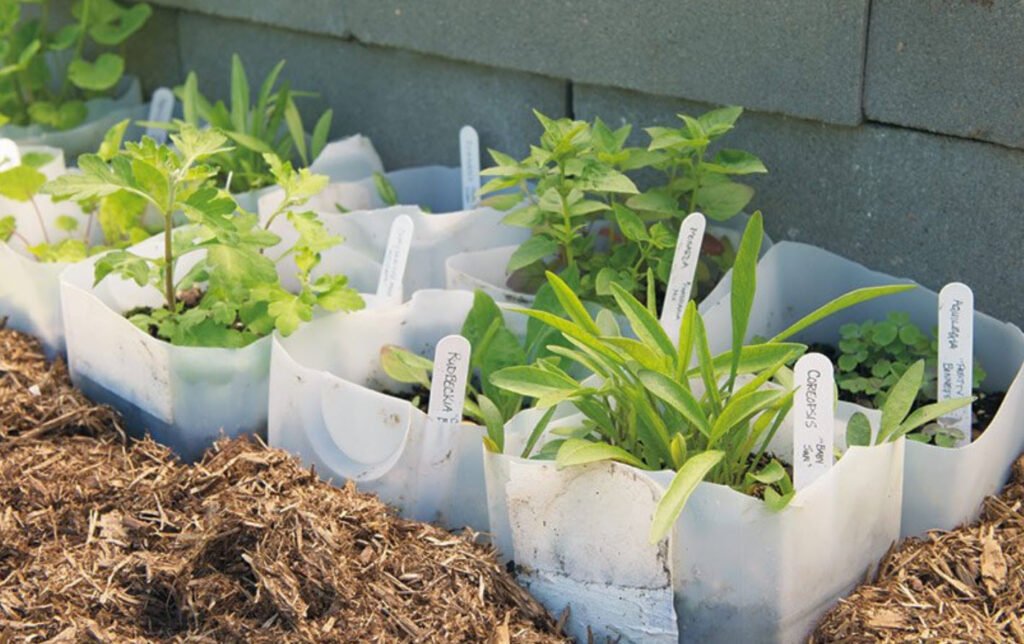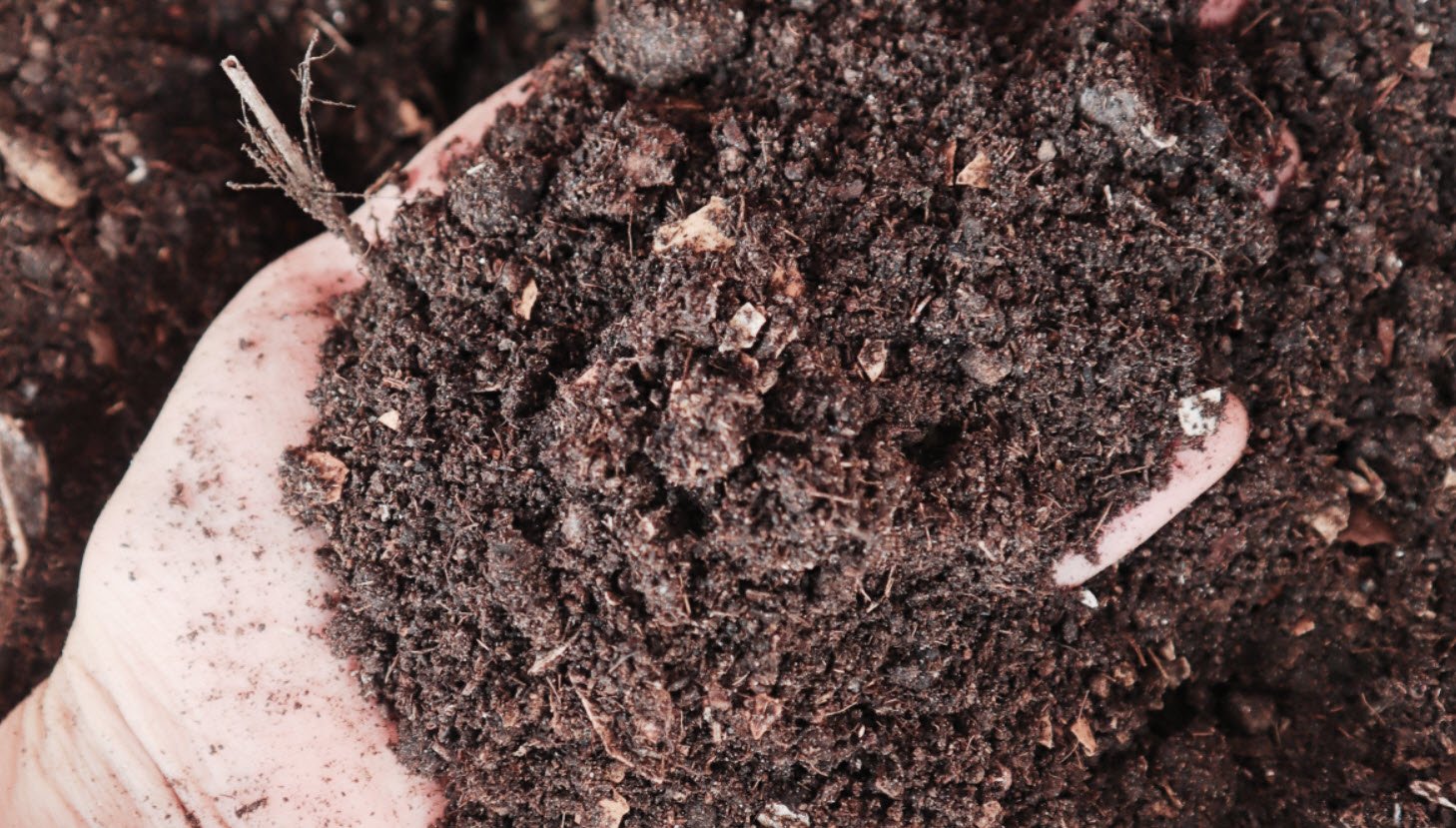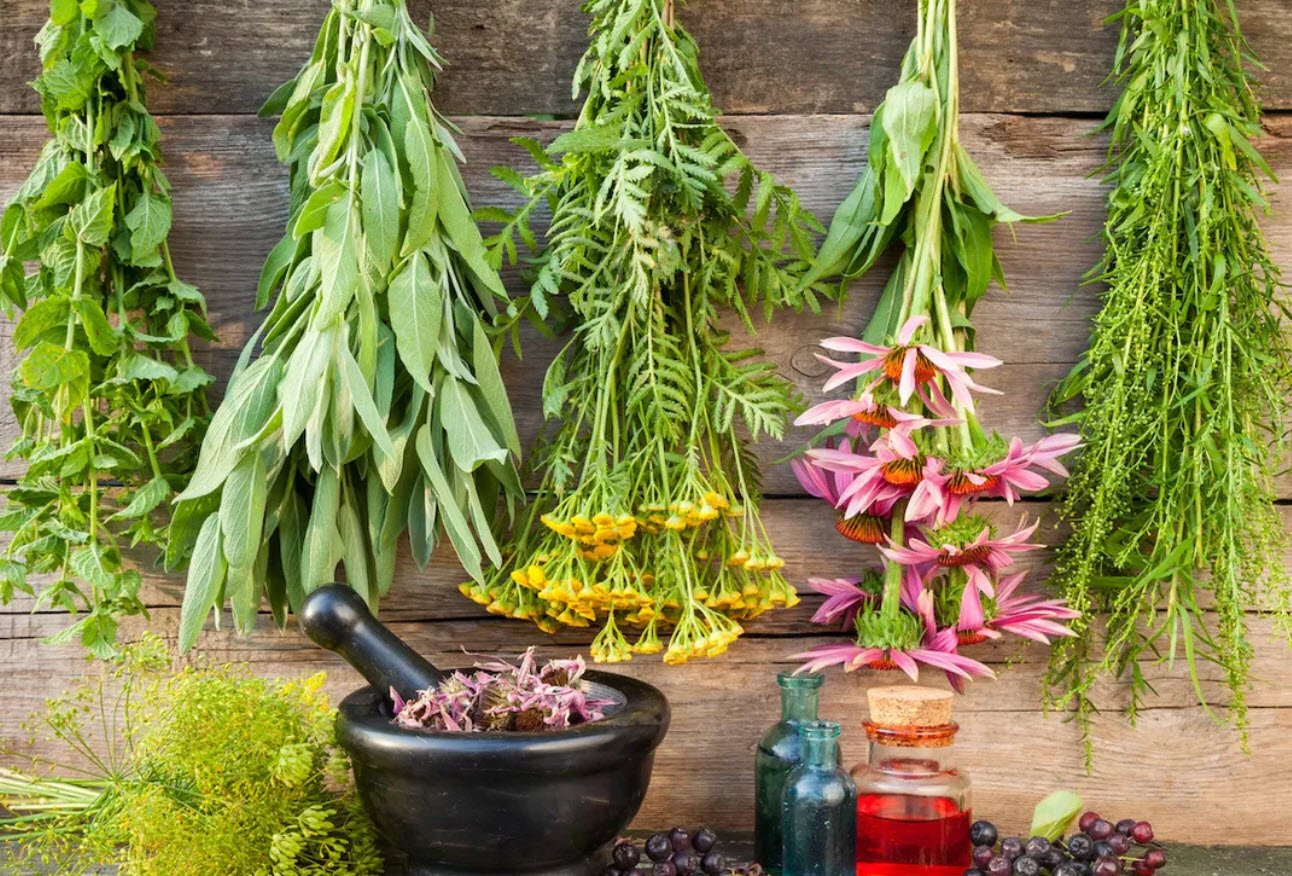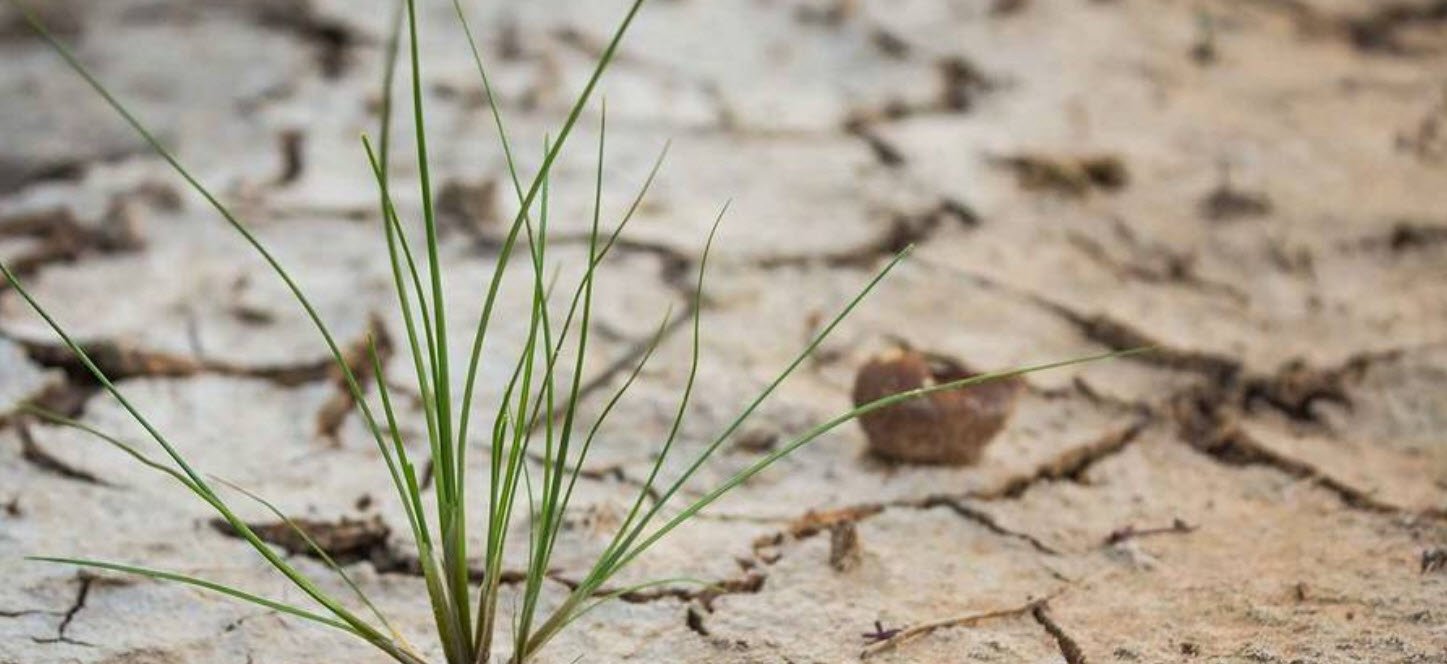
While the chilly winter months might not seem like an ideal time for gardening, there’s a technique called “winter sowing” that allows you to start your plants from seed and get a head start on the growing season. This method is particularly suitable for a variety of flowers, native wildflowers, herbs, and vegetables.
In this article, we’ll explore the art of winter sowing and the types of plants that can be successfully grown using this approach.
What is Winter Sowing?
Winter sowing is a gardening technique that mimics the natural conditions seeds experience in the wild. Seeds are sown into containers, which act as mini-greenhouses, and placed outdoors during the winter months.
This exposes them to the cold, changing temperatures, and natural light variations. As spring approaches, the seeds germinate and grow into robust seedlings that can be transplanted into your garden.
Flowers – Native Wildflowers:
- Milkweed (Asclepias spp.): As a crucial host plant for monarch butterflies, milkweed is an excellent addition to any garden. Winter sowing allows you to propagate these plants, benefiting both the environment and your garden.
- Coreopsis (Coreopsis spp.): Coreopsis, also known as tickseed, brings vibrant colors to your garden. Winter sowing is a great way to start these perennials early.
- Blazing Star (Liatris spp.): Blazing star plants, with their striking spiky flowers, thrive in winter sowing conditions and attract pollinators.
- Echinacea (Echinacea purpurea): Echinacea, or purple coneflower, is a hardy native wildflower that can be successfully winter-sown for a beautiful summer display.
- Calendula (Calendula officinalis): Calendula is an edible and medicinal flower known for its vibrant colors. Winter sowing ensures a continuous supply of these lovely blossoms.
Herbs
- Sage (Salvia officinalis): Sage, a versatile herb, can be winter-sown to provide you with fresh leaves for culinary and medicinal uses.
- Parsley (Petroselinum crispum): Winter sowing parsley allows you to enjoy this versatile herb throughout the growing season.
- Thyme (Thymus vulgaris): Thyme is a hardy herb that can thrive in winter sowing containers, providing you with its aromatic leaves.
- Lavender (Lavandula spp.): Winter sown lavender can lead to fragrant, drought-tolerant plants that enhance your garden and home.
- Cilantro (Coriandrum sativum): Cilantro, an essential herb in many culinary dishes, is perfect for winter sowing for a continuous supply.
- Mint (Mentha spp.): Mint varieties can be grown through winter sowing to create a fresh and fragrant addition to your garden.
- Oregano (Origanum vulgare): Winter sowing oregano ensures you have a steady supply of this versatile herb for cooking and garnishing.
- Dill (Anethum graveolens): Winter sowing dill lets you enjoy its fresh leaves and seeds for pickling and seasoning.
Vegetables – Brassicas
- Kale (Brassica oleracea acephala): Kale is a cool-weather crop perfect for winter sowing. It provides nutrient-rich greens for your salads and smoothies.
- Broccoli (Brassica oleracea italica): Winter sowing broccoli seeds leads to sturdy seedlings that can be transplanted into your garden for an early summer harvest.
- Cauliflower (Brassica oleracea botrytis): Winter sowing cauliflower allows you to grow this versatile vegetable for your culinary creations.
- Brussels Sprouts (Brassica oleracea gemmifera): Brussels sprouts can be started through winter sowing for a fall harvest.
- Cabbage (Brassica oleracea capitata): Winter-sown cabbage plants thrive in cool conditions, ensuring you have fresh cabbage for slaws and dishes.
- Spinach (Spinacia oleracea): Winter sowing spinach seeds provides an early supply of this nutritious green for salads and cooking.
- Lettuce (Lactuca sativa): Lettuce is a quick-growing vegetable that benefits from winter sowing for early spring salads.
- Artichoke (Cynara scolymus): Artichoke plants can be started indoors through winter sowing and transplanted into the garden.
- Bok Choy (Brassica rapa subsp. chinensis): This Asian green is perfect for winter sowing, allowing you to enjoy its mild flavor in stir-fries and salads.
- Chard (Beta vulgaris): Swiss chard is a hardy green that can be successfully grown through winter sowing.
- Squash (Cucurbita spp.): Certain squash varieties can be winter-sown to produce robust plants for a summer harvest.
- Cucumber (Cucumis sativus): Winter sowing cucumber seeds lets you enjoy fresh cucumbers in your summer salads.
Winter sowing is a fantastic method for gardeners looking to get a head start on the growing season and cultivate a wide range of plants, from flowers to herbs and vegetables.
By following the principles of this technique and choosing the right seeds for winter sowing, you can enjoy an earlier and more abundant harvest while nurturing your green thumb throughout the colder months.








